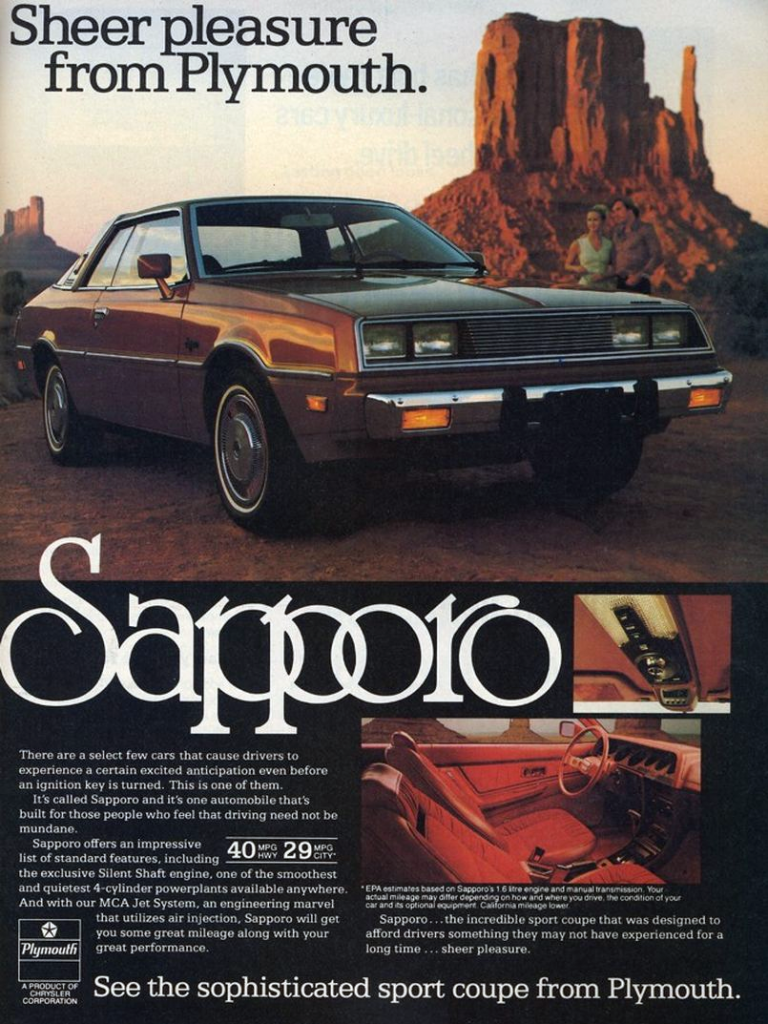IMac 'Core 2 Duo' 3.06 24-inch (early 2008) This is my first try with an iMac, helping a friend replace the hard drive. I usually do PC stuff. I followed the instructions and replaced the Hard Drive in the iMac with a Western Digital 1 TB Desktop SATA drive. It went in flawlessly. Now I need to FORMAT the new HD. However, if you need much more storage than what an SSD can offer, perhaps because of a large media collection, you have two options: a hybrid drive, or an external hard drive. On a new iMac that comes by default with a 2 TB fusion drive, you can pay an additional $200 to opt for a 512 GB SSD, or $600 more for a 1 TB SSD. Enhance your desktop with this WD Mainstream Internal Serial ATA Hard Drive, which features a 64MB cache buffer for rapid processing speed. Ideal for use as primary drives in desktop PCs and for office applications. With a range of capacities to store photos, movies and more, there's a drive that's just right for you. Select the Time Machine drive that's connected to your new Mac, and select the most recent backup. Upgrade from os x mountain lion to mojave. Now playing: Watch this: Hands-on with the entire new Apple Mac M1 lineup 9:02.
Before you can access a new or formatted drive in your operating system, you need to initialize it first and then create a partition on the drive. A partition defines an area of the drive to use for storing data. The partition uses a file system (for example, HFS+, ex-FAT, NTFS, and so on).
Initialize a drive
Mac OSX detects a drive that needs to be initialized and automatically prompts you to initialize the drive. If you are prompted to initialize the drive, click Initialize. If you are not prompted to initialize the drive and you cannot find the drive in Finder, you will need to create a partition on the drive.

Create a partition on a drive
Note: The following steps create an HFS+ (Mac OS Extended (Journaled)) partition that uses the entire drive space.
To create a partition on a new drive, complete the following:
Open Finder.
Navigate to Applications and click Utilities.
Open Disk Utility.
Select the new drive and click the Partition tab.
Click Options and verify that it is set to GUID Partition Table.
Enter a name for the partition.
Click Partition.
The drive should now be accessible in Finder.
Hard Drive For Imac
[Newegg promo on hard drives|http://promotions.newegg.com/NEemail/Sep-0-2009/Memory11/index-landing.h tml?cm sp=Subcat_Internal-Hard-Drives-_-HDD/061809--http%3a%2f%2fpromotions.newegg.com%2fHDD%2f061809%2f478x88.jpg]
I prefer to expand the primary storage with FireWire. There is operational efficiency to running the OS and apps off a limited size volume, about 160GB to 250GB, and storing user data on a separate drive. My setup is the stock 160GB internal drive which is mostly used for the OS and apps. Most of my user data is on an external drive, so more than 50% is free space on that internal drive. I have a 320GB FireWire (400) drive that holds most of my user data. And I have a 750GB USB 2.0 drive that is my Time Machine archive drive, which backs up the internal drive and FireWire drive.
This is a flexible arrangement, and it runs quite well for a +late 2006+ model, especially since going to 10.6.1. If that 320GB drive becomes too full, I would put my 750GB drive in the FireWire case, and get an even bigger drive for the Time Machine archive connected by USB 2.0. And I never had to open up my iMac case. When I replace my trusty iMac a few years from now (probably about the time Snow Leopard ends its run), all I have to do is take my external drives with my data and backup to my new Mac. I won't have to take my iMac apart again to remove that big drive, or even do any extensive data transfer off the internal drive, since it is mostly the OS and apps. Just do a +zero out data+ erase, reinstall original OS and apps, and sell it.
Asus New Hard Drive
Sep 11, 2009 11:32 PM
